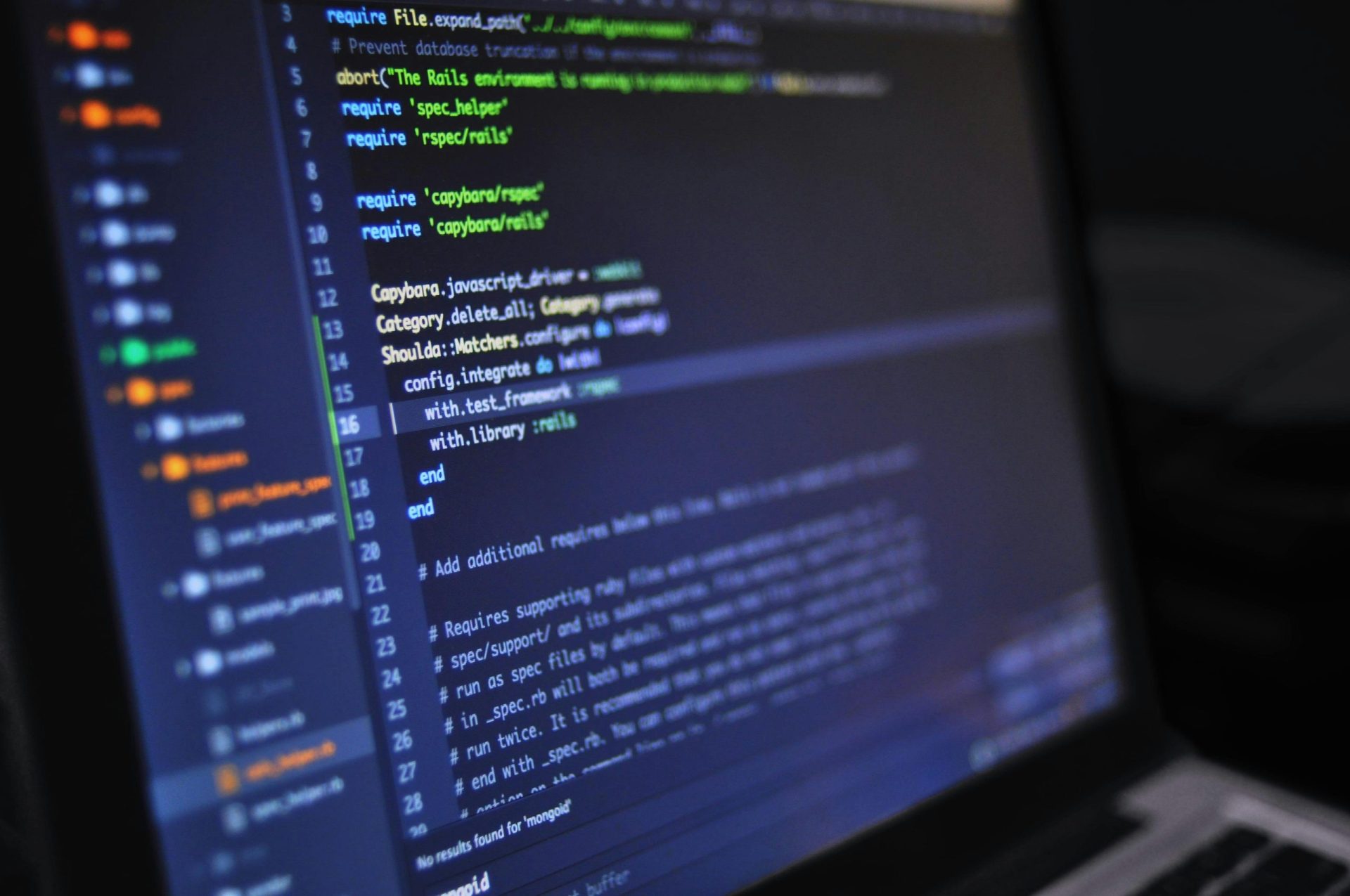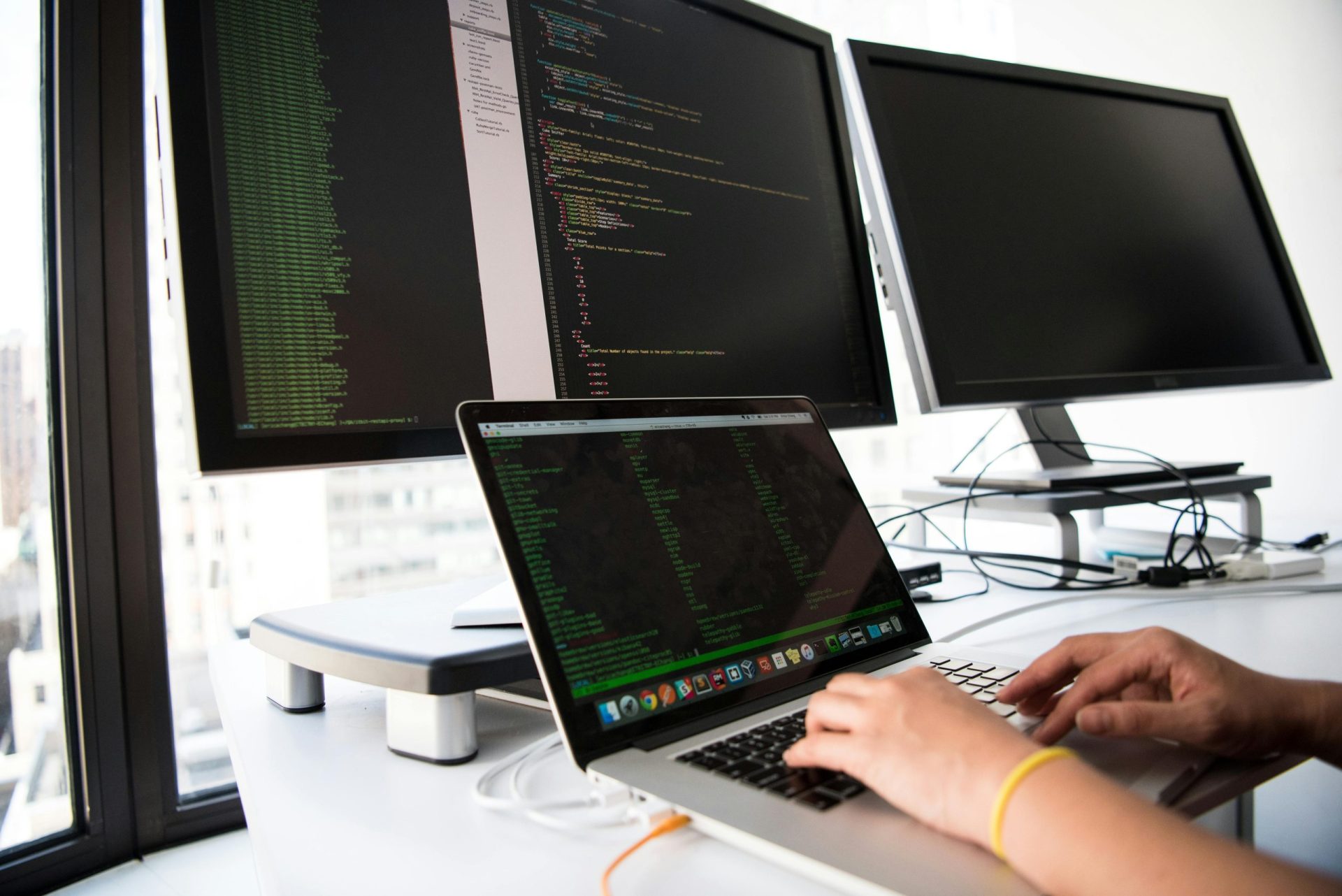Artificial intelligence (AI) is making the news everywhere in recent years and is poised to serve more industries as they undergo digital transformation. Its uses range from clever automation to more analytical processes, which surprisingly also includes usability testing and UX research.
How does AI fit into a field that requires knowledge of human thinking? Here are three factors that display how AI can help in usability, enhancing applications, and user experience (UX) design.
Automating Tasks in Gathering Usability Data
Usability is an attribute of every process and design that centers around benefiting users. Due to the user-centric nature of the field, gathering data through usability research is always a priority. Susan Dray, president of Dray & Associates, said that to be a good designer, one needs to know more about how people think and work.
Testing software or a digital product and its ease of use usually require a proportional number of testers, depending on the complexity of the project. Fortunately, testing can now be done with fewer hands and better accuracy through automation.
For example, AI can reduce or even eliminate incorrect test cases by detecting code not meant for a certain test’s parameters. Conversely, it can also expand test coverage by adding test cases for such uncovered code.
Expanding Test Capabilities
The best thing about AI is how it can inherently track defects that human testers may not detect due to oversight. Automating error detection with higher-functioning and more complex tests can improve the scope of testing. Furthermore, as AI capabilities grow, analyzing cases and fixing control paths become easier too.
New tools such as user interface (UI) visual validation can also help developers design tests to detect possible visual defects in the UI. Things like blocked interactive elements and misaligned tables are at times overlooked in code, so adding AI detection and repair tools in testing can help fix such problems without having to touch the code (which sometimes causes further errors).
Increasing UX Design Flexibility
Designing for humans is a tricky job, but engineers and data scientists have devised clever ways so that AI can study individual needs. One way that AI can help in usability research is in the creation of user profiles for design needs.
For example, one AI function is to help collect data (such as social media or device bots that observe user behavior), and then create inferences from it through predetermined logic patterns or make one on its own.
However, the quality of relevancy of data the AI is given to work with affects the outcome tremendously. It’s still up to human developers to correctly determine what information the AI can use and how to process it correctly to fetch useful recommendations that would make the user journey faster, easier, and error-free.
Conclusion
As AI gets smarter and more flexible, its potential roles in usability research and UX design increase. Thanks to machine learning and neural networks, AI can augment the capabilities of developers in retrieving more valuable data for test cases and UI validation.
Using AI to aid in usability takes resources and is best maximized by expert developers. Reputable firms in the industry such as User Experience Researchers Singapore (USER) can provide you help in developing apps, usability testing and user experience research consulting. For more information, you can contact us via https://www.user.com.sg/contact/.





